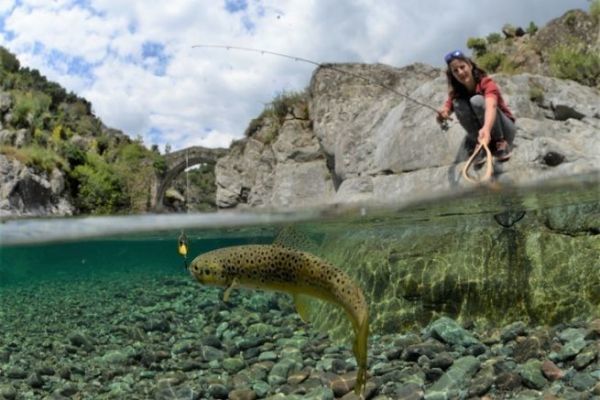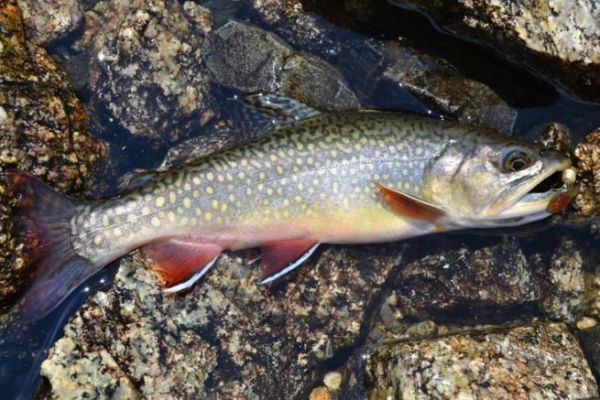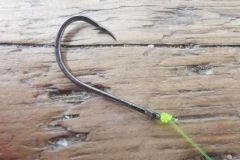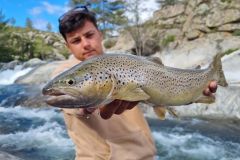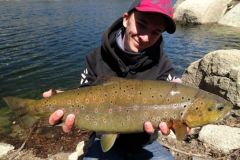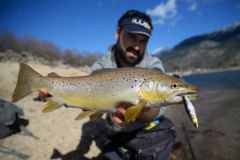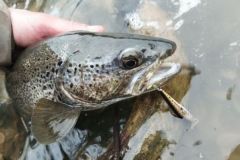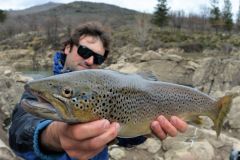A metallic lure that comes back strong
Incredibly simple and uncluttered in shape, the wobbling spoon is one of the first types of lure to exist. Modern wobblers are made of curved metal (steel), with shapes, curves and thicknesses designed to suit swimming action, retrieve speed and desired depth. Long neglected, this lure is making a strong comeback among salmonid anglers. For me, it's a must-have, especially when fishing becomes difficult.
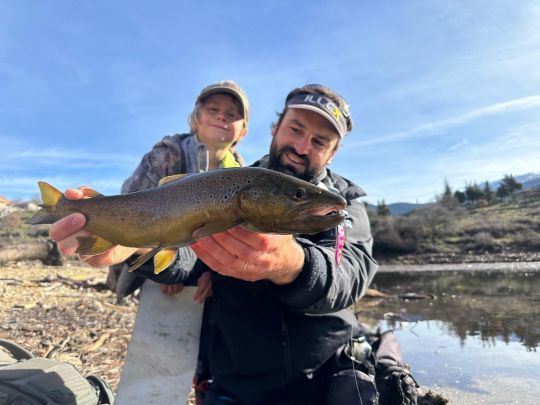
This simplistic lure is nevertheless highly effective and very technical. Like its cousin, the spinning spoon, it can be used in a wide range of situations and on many different patterns.
The wider the silhouette and the more pronounced the curvature, the more grip the wobbler will offer in the water, and the greater the swimming amplitude with little recovery. The slimmer the silhouette and the lesser the curve, the faster your undulating spoon will recover and the better adapted it will be to strong currents.
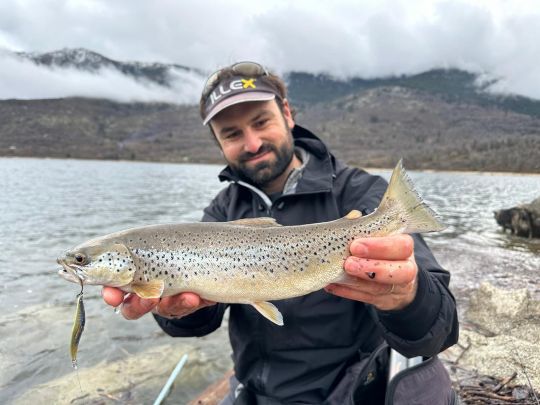
Unlike the spinning spoon, the wobbling spoon emits few stimuli and has a very natural swimming action. It is a formidable lure for salmonids, whether in lakes or rivers, when these fish are feeding. Like the spinning spoon, the larger models imitate fish, but the smaller ones can imitate many other prey: small drifting invertebrates, chironomids, salmon eggs, leeches, pellets...
In addition to the linear retrieve, the undulating spoon fishes on the descent and can also be animated with twitches. These twitches amplitude the spoon, often triggering attacks from indecisive trout.
Equipment for ripple fishing
Wobbling spoon fishing is more tactile and subtle than spinning spoon fishing. The strong stimuli emitted by the spinning spoon very often generate violent bites from aggressive fish wanting to intercept this too-present intruder. On the other hand, the spinning spoon is more effective on apathetic or inactive fish. Bites are usually gentle, with just a slight knock or the sensation that the lure is no longer swimming.
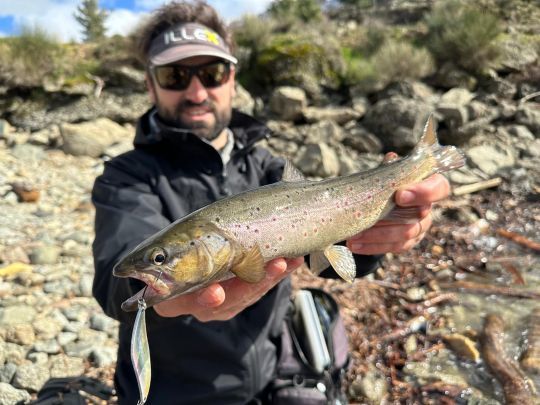
For twitch animation and better control of your lure in currents, a rod with tip action is ideal. A full tip is a real plus for driving your lure, taking bites and adding sensitivity.
In high altitude rivers and on light models (less than 5 grams), nylon is easy to use. Its elasticity prevents many unwanted stalls, and the lure's inertia is still not too great or "pollutes" animations. In lakes or on heavier undulators, braid allows you to fish precisely and slowly, while feeling your lure work and the slightest touch.
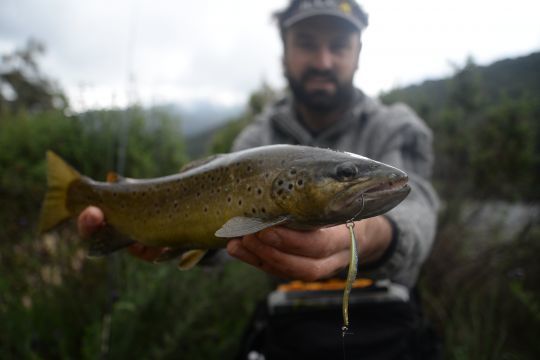
The clip is a very comfortable way of attaching your undulating lure, allowing you to quickly change models or lures. It leaves the lure free to undulate. The "Rapala" (loop) knot also gives the undulated lure plenty of swimming range, but takes longer to use than a staple.
Finally, to rig my wobbling spoons, I prefer to use assist hooks. These hooks, derived from sea jigging, are single hooks connected to the lure via a piece of braid. The flexibility of the assembly generates very few stalls, which is a real plus in terms of efficiency.



